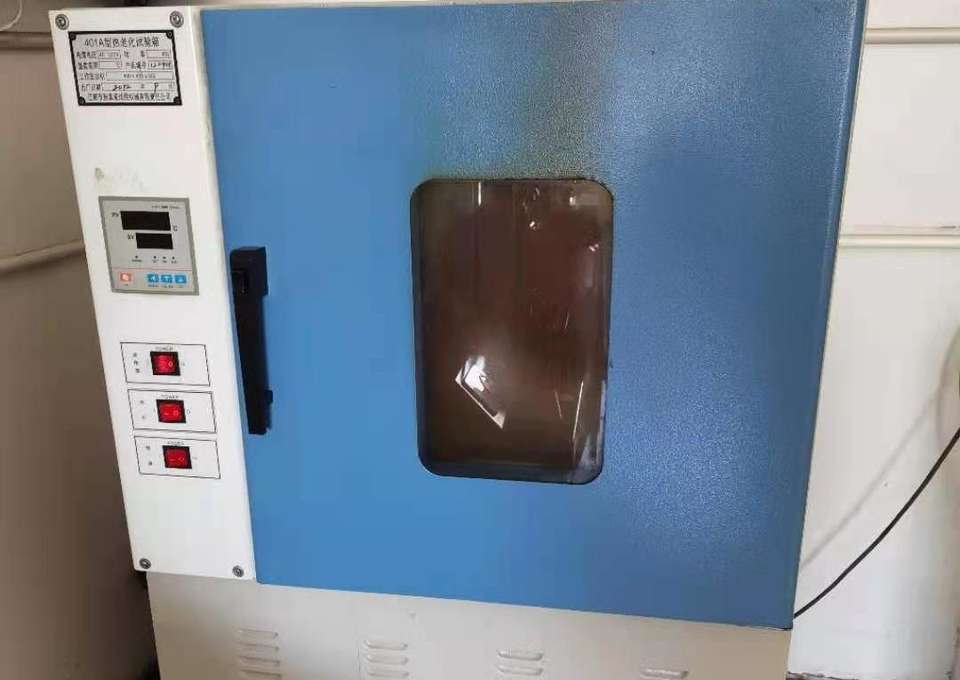Stainless Steel Edge Trim Solutions for Staircases and Steps Safety
Metal Edge Trim for Stairs A Comprehensive Guide
Stairs serve as a vital component in any multi-level structure, offering a connection between floors while enhancing the architectural aesthetics of the space. One notable feature that has gained popularity in both residential and commercial settings is metal edge trim for stairs. This article will explore what metal edge trims are, their benefits, materials, installation process, and maintenance tips.
Understanding Metal Edge Trim
Metal edge trim is a protective and decorative element that is applied to the edges of stairs. It is typically fabricated from materials such as aluminum, stainless steel, or brass. These trims are designed to safeguard the edges of stair treads and risers, providing a clean and polished look. In addition to enhancing the overall appearance, they also play a significant role in safety, especially in high-traffic areas.
Benefits of Metal Edge Trim
1. Durability One of the chief benefits of metal edge trim is its durability. Metals like stainless steel are not only resistant to corrosion but can also withstand heavy foot traffic. This makes them an excellent choice for both residential and commercial stairs.
2. Safety Slippery stair edges can pose a significant hazard. Metal edge trims often come with anti-slip surfaces or can be designed to be wider, which aids in preventing accidents. This feature is particularly important in environments where foot traffic is high, such as shopping malls, schools, and office buildings.
3. Aesthetic Appeal Metal edge trims are available in various designs, finishes, and colors. Whether you want a sleek modern look or something more traditional, there is a metal trim to complement your decor. The gleaming finish of metal can add a touch of sophistication and elegance to your staircase.
4. Maintenance Metal trims require minimal maintenance compared to other materials. Unlike wood, which may need regular staining or sealing, metal edge trims can be cleaned easily with soap and water, retaining their luster over time.
Materials Used
Various metals can be used for edge trim, each offering unique benefits
- Aluminum Lightweight and resistant to corrosion, aluminum trims are ideal for indoor and outdoor stairs. They can be anodized to enhance durability and available in diverse colors.
- Stainless Steel Known for its strength and longevity, stainless steel trims provide a modern look and are particularly suitable for high-traffic areas
. They complement contemporary designs beautifully.metal edge trim for stairs

- Brass Offering a classic aesthetic, brass trims develop a unique patina over time. They are often chosen for their vintage appeal and work well in traditional settings.
Installation Process
The installation of metal edge trim can be straightforward, although seeking professional assistance is advisable for larger projects
1. Preparation Ensure that the staircase is clean and dry before installation. Measure and cut the metal trim to the desired length.
2. Placement Align the trim with the edge of the stair tread or riser.
3. Adhesion Use a strong adhesive or screw the trim into place, depending on the type of trim and material used.
4. Finishing Touches Make sure the edges are secure and smooth out any excess adhesive. Once installed, inspect the trim for any sharp edges or areas that may require more attention.
Maintenance Tips
To maintain the look and integrity of metal edge trims
- Regularly clean the surface to remove dirt and grime. - Inspect for any signs of wear or damage, especially in high-traffic areas. - Refinish or polish the metal as needed to maintain its shine.
Conclusion
Metal edge trim for stairs is an excellent investment in both safety and aesthetics. With their durability, low maintenance, and diverse design options, they are an ideal solution for any stairway. Whether you’re upgrading an existing staircase or constructing a new one, consider the advantages of metal edge trim to enhance your space effectively.
-
Under Door Draught Stopper: Essential ProtectionNewsJul.31,2025
-
Garage Door Seal and Weatherstrips for ProtectionNewsJul.31,2025
-
Edge Banding Tape for Perfect EdgesNewsJul.31,2025
-
Table Corner Guards and Wall Corner ProtectorsNewsJul.31,2025
-
Stair Nose Edging Trim and Tile Stair SolutionsNewsJul.31,2025
-
Truck Bed Rubber Mats for Pickup BedsNewsJul.31,2025
-
Window Weather Stripping for Noise ReductionNewsJul.29,2025